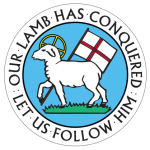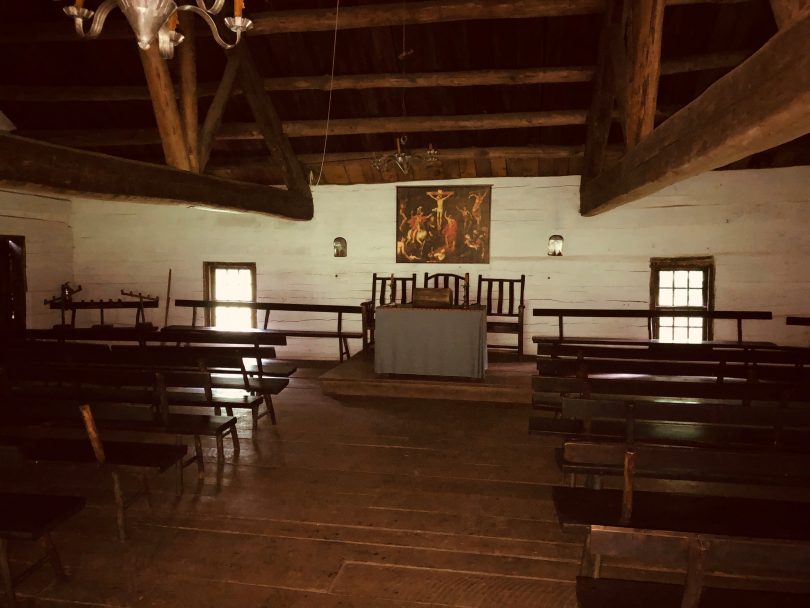It was January 13, 1772 and snow pelted the window of a tiny cabin on the bank of the frozen Beaver River. Sitting in the glow of a single candle, David Zeisberger recorded the day’s events in his journal. Earlier he, and Native leaders from the mission, had sat in council and been surprised to receive an impressive belt of wampum, sent with a speech from Netawatwees, Great Chief of the Delaware Nation. From his capital deep in the Ohio Country, the chief had offered Brother David and his Christian Indian converts, land where they could settle and live in safety. Finally, the Moravian missions in Pennsylvania had an official invitation to relocate to the Ohio Country. David laid down his quill, allowing the ink to dry on the page, and thought about his years among the Indians.
Looking back, he could hardly believe how time had passed. Shortly after the founding of Bethlehem he had started his formal training for mission service. First, as a messenger to the distant mission villages, then with Christian Post and other senior missionaries, he had worked to establish new outposts around Pennsylvania. For a time, he had lived among the Onondaga in New York, learning their language and being adopted into the clan of the Turtle. Then terror came to the frontier, brought by the war with France. Since the end of Pontiac’s Rebellion, David had started a series of missions across Pennsylvania. Now sitting in his cold cabin at Lagundo-Utenunk or Friedenstadt, 60 miles north of Fort Pitt and over 300 miles from Bethlehem, he was the senior missionary. Today he had received a long-awaited opportunity, the chance to move the missions far beyond the influences of white settlements, deep into the Ohio Country.
Brother David had hoped to leave earlier to meet with the Netawatwees, but winter held the Ohio Valley captive until early March that year. Zeisberger and a small contingent of converts made the trek to the Delaware capital, finally meeting with the chief and the Great Council before returning east. The trip was a success, in addition to securing formal approval for the move, a site had been selected for the new mission village. Chief Netawatwees himself had recommended the spot, a place along the Tuscarawas branch of the Muskingum River that the Delaware called Welhik-Thuppeek or Great Spring. The Moravians would later call the place Schoenbrunn.
Now plans came together quickly, David Zeisberger and the first Delaware families arrived at Welhik-Thuppeek on May 3rdat about noon. John Heckewelder, who Zeisberger had requested as an assistant, would soon follow with more families. Clearing fields and planting corn, beans and squash, the “Three Sisters” of Native agriculture, began at once. Temporary shelters were soon replaced with more permanent buildings and the fields were fenced to protect the crops. That fall a second mission village was founded along the banks of the river. Moravian Mahicans settled down stream from their Delaware cousins at a village named Gnadenhutten.
The year 1772 would end with three mission villages, six assistant missionaries, and a total of just over 300 souls all under Brother David’s care. The Friedenstadt Mission, near present day New Castle, PA, became the stepping stone to the two new mission villages in the Ohio Country. Only a few day’s travel from the Ohio villages, converts from the older missions, scattered across Pennsylvania, gathered there on their way to Schoenbrunn and Gnadenhutten. John Heckewelder made many trips back to Friedenstadt, guiding small groups to the west. David Zeisberger was about to begin the most successful, and challenging, part of his long career working among the people of the Delaware Nation.







